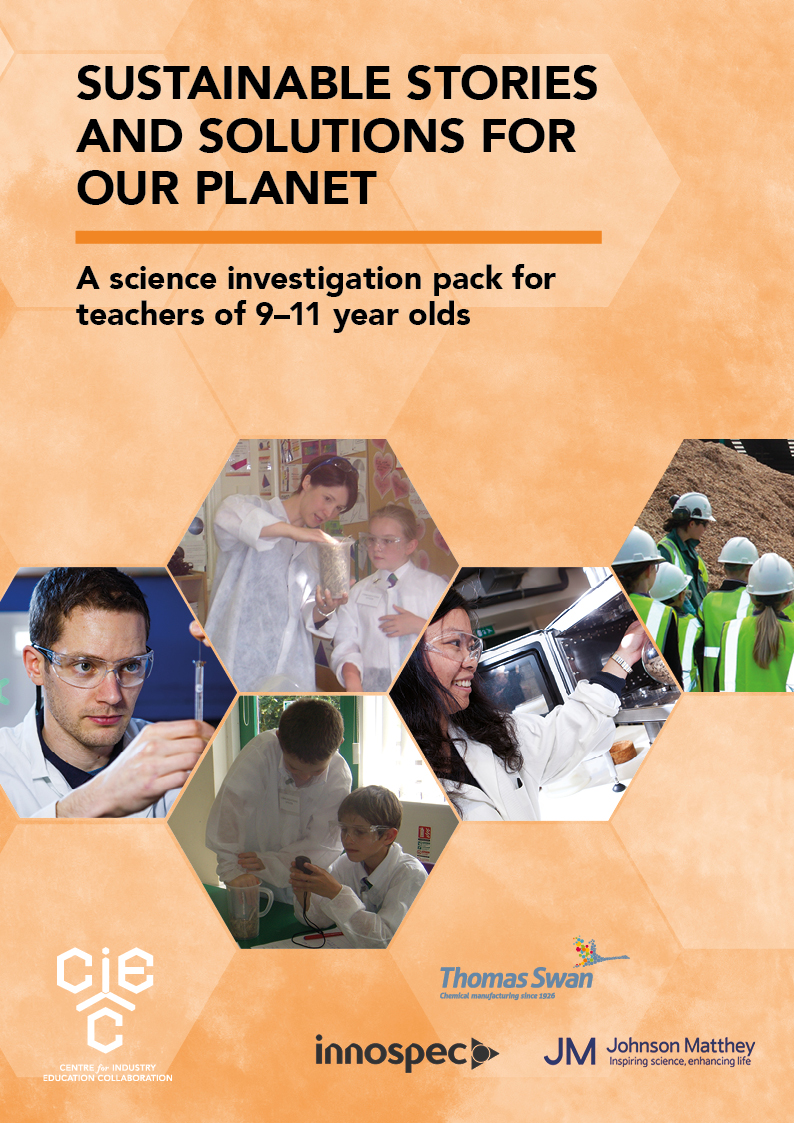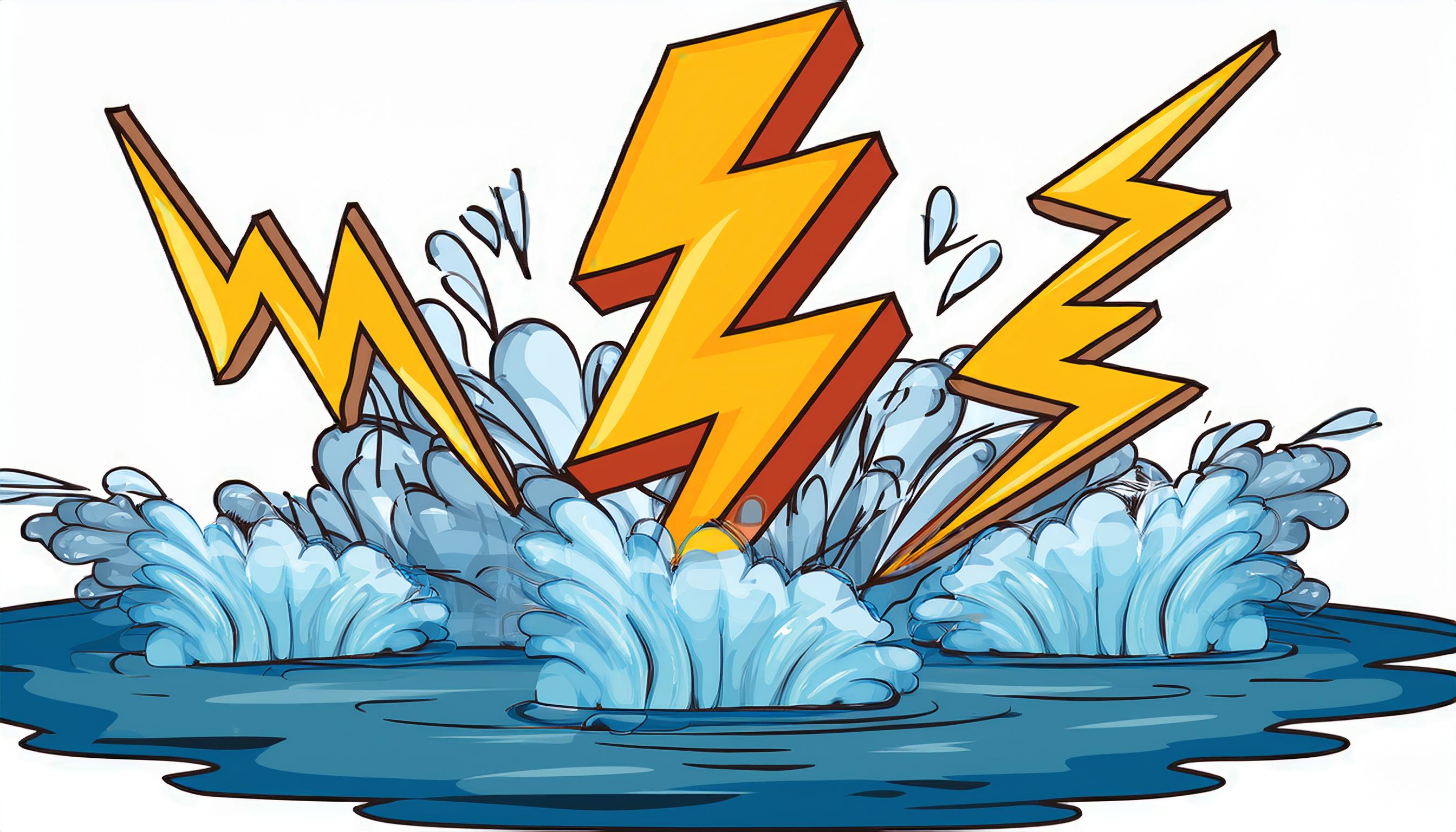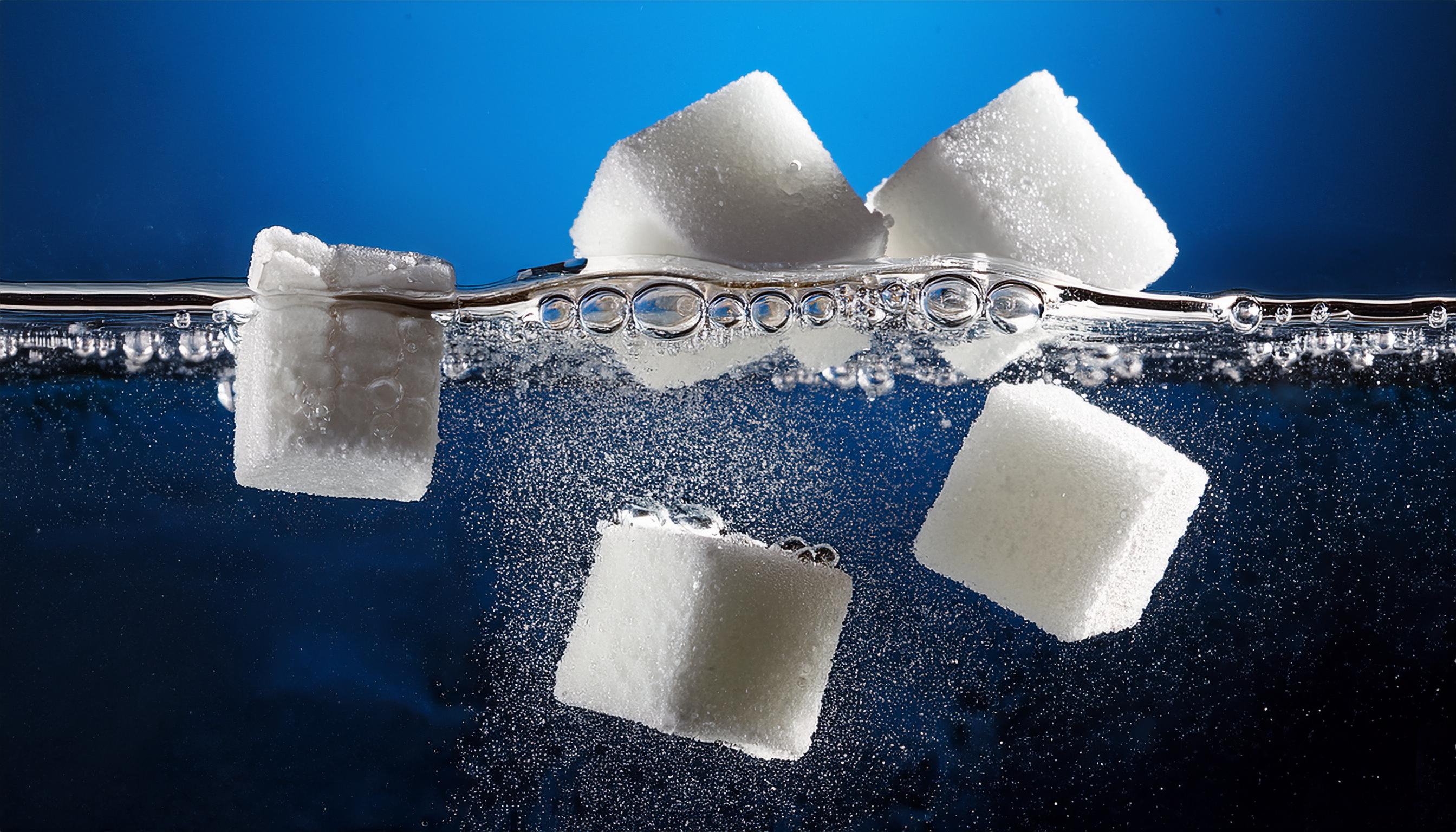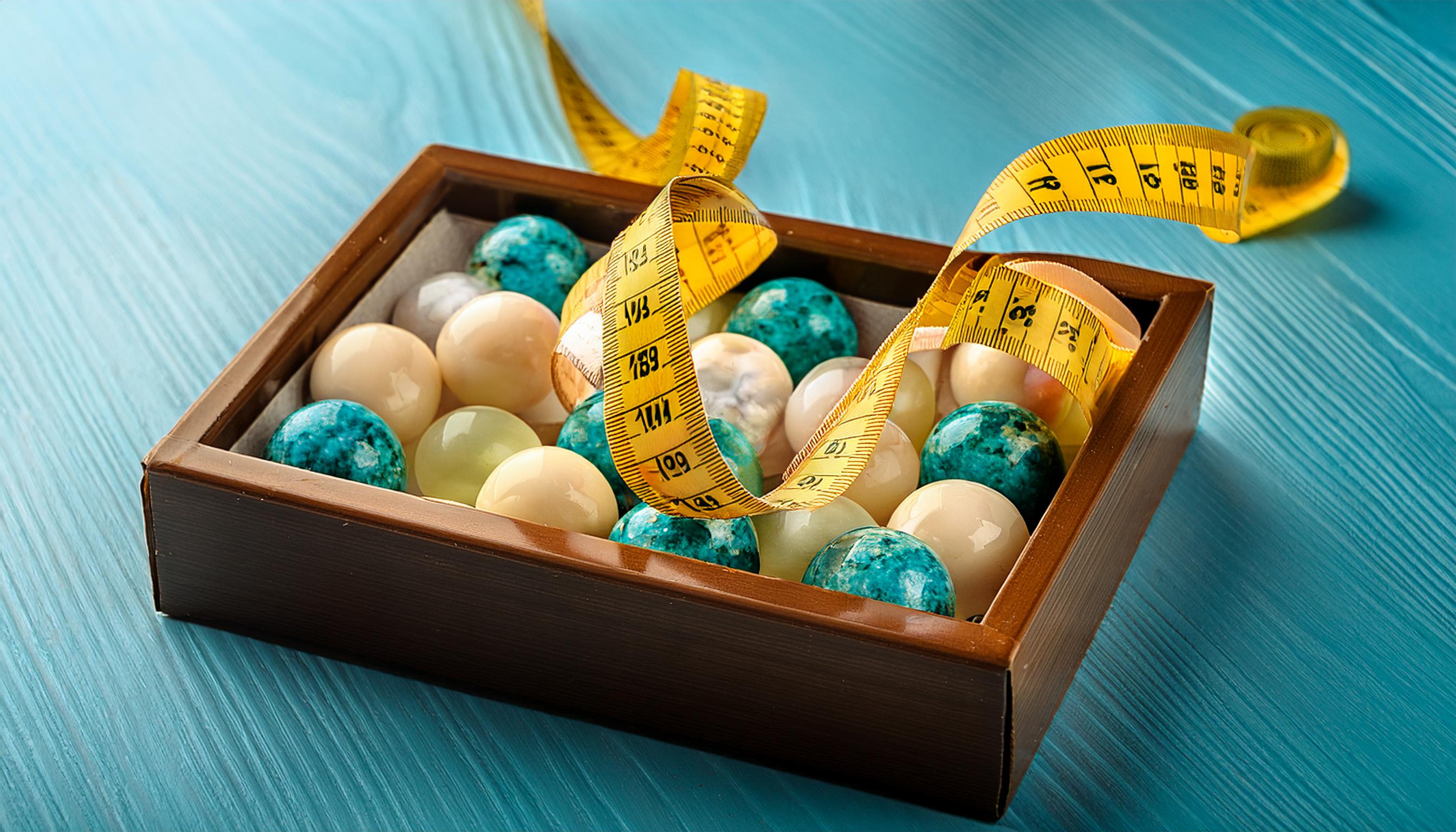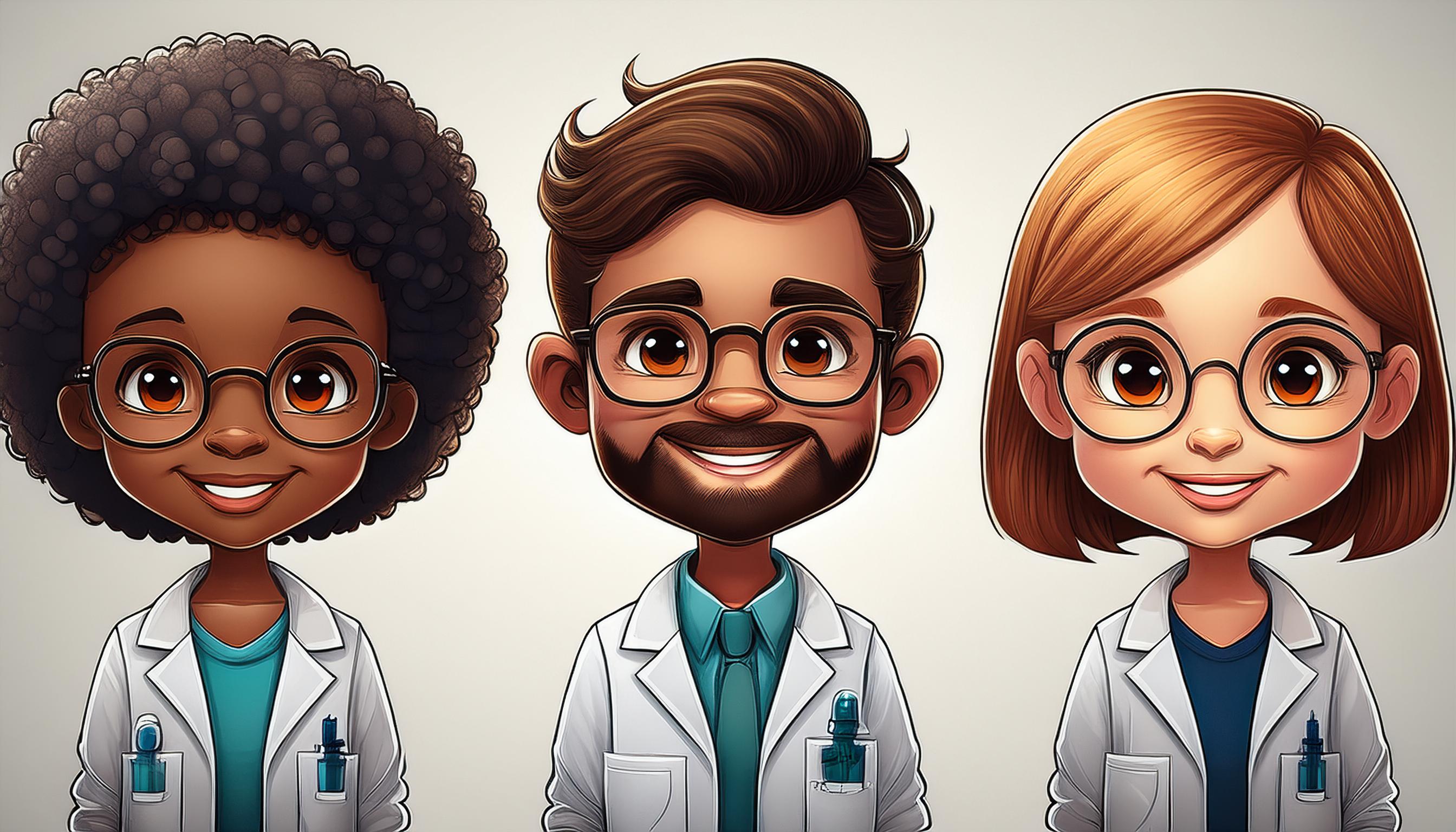CIEC's new publication: 'Sustainable stories and solutions for our planet' highlights the issues and impacts of sustainability for upper key stage two (9-11 year-olds) children.
It contains practical and discussion activities including:
Two generic introductory activities to develop children's awareness and understanding of sustainability.
Eight case studies from companies with a strong reputation in sustainability.

